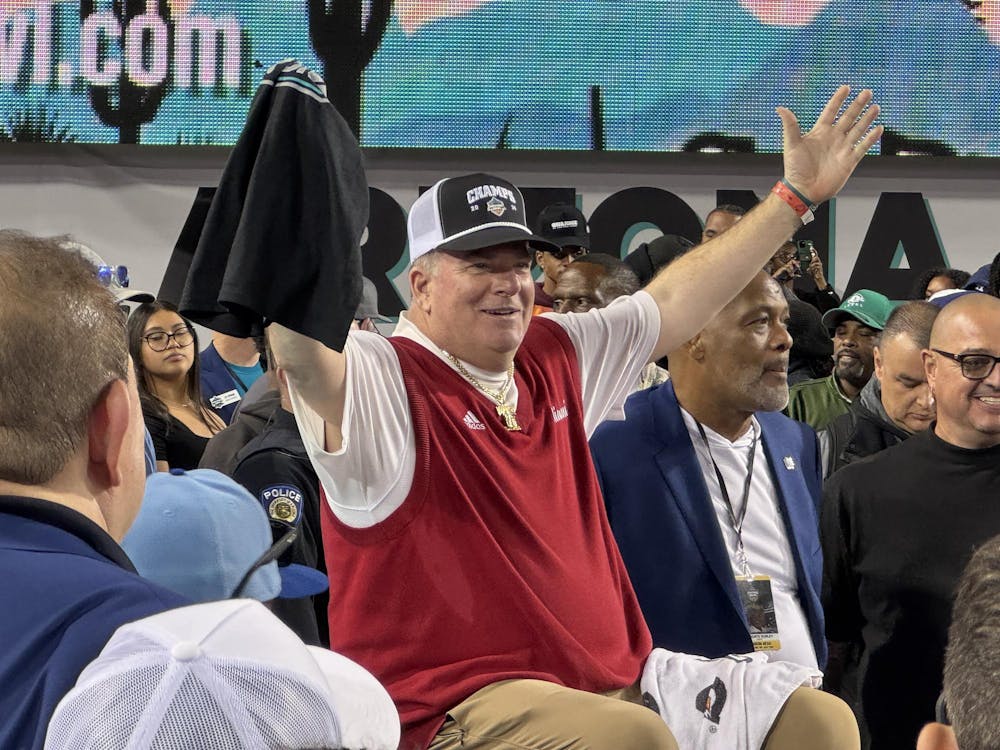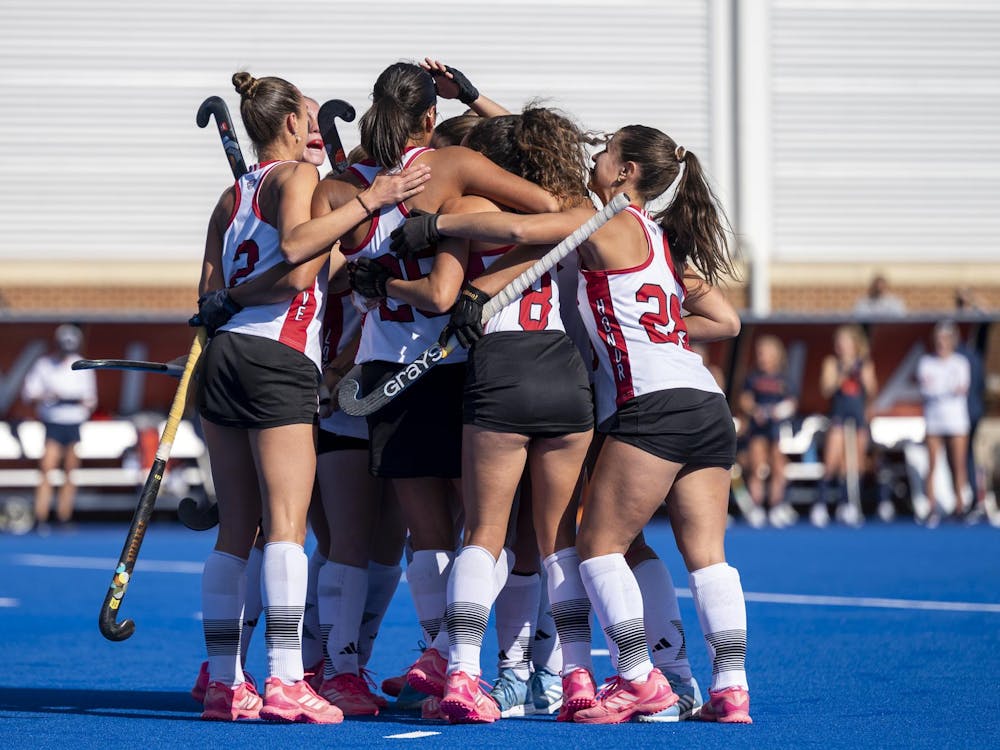So much of what is relevant in today’s football landscape can be traced back to one former Oxford, Ohio resident: Sid Gillman.
The famous “West Coast” scheme that every offense in the NFL or college today either uses or partly uses? The guy who invented it idolized Gillman. He built it off of concepts that Gillman came up with. Of the 56 Super Bowls ever played, 28 of them were won by direct coaching descendents of Sid Gillman.
The spread offense? Many say he invented it. He was one of the first to use his tight ends and running backs in the passing game. He was the first coach to watch film. He was the first NFL coach to hire a strength trainer. He is the only coach who has ever been inducted into both the College and Pro Football Halls of Fame, despite the fact that he himself never won a Super Bowl or national championship.
Gillman got his first head coaching job at Miami University. He roamed these streets. He lived at 14 East Spring St. His former abode now bears the moniker “Titos and Tatas.”
Anyway, you know the statues at Yager Stadium? The Cradle of Coaches ones on the south concourse? There are ten of them. The eleventh, Sean McVay’s, is being built soon.
But Sid Gillman, the greatest coach ever to call Miami home, and maybe one of the greatest minds to ever call football a passion, isn’t one of them.
Four of the men honored with statues — John Pont, Bill Arnsparger, Ara Parshegian and Paul Dietzel — were recruited here by Gillman. But still, he isn’t honored.
Gillman coached at Miami from 1943 to 1947. He went 31-6-1 during his four seasons here. In his final season, Miami finished 9-0-1 and beat Texas Tech in the Sun Bowl on New Year’s Day in 1948.
But in 1949, he took the job as head coach of the hated Cincinnati Bearcats. When he took the University of Cincinnati job, he poached much of Miami’s program to Cincinnati, including Miami’s head coach and star quarterback. For the five years following, Miami had to deal with trying to recruit against Gillman, who had an affinity for breaking rules. This left a sour taste in the mouth of many Miami people.
Despite all of his great accomplishments, Gillman wasn’t inducted into the Miami Athletics Hall of Fame until 1991, over twenty years after many of the men whom he recruited to Oxford were already enshrined. He still doesn’t have a statue.
At the ceremony where those statues south of Yager Stadium were revealed, back in 2010, Lucy Ewbank, the then 104-year-old widow of Miami coaching great Weeb Ewbank said this about Gillman (who died in 2003):
“You can have him. [Gillman] owed everybody in Oxford when he left.”
Enjoy what you're reading?
Signup for our newsletter
Some people took their resentment of Gillman to the grave. But in my opinion, it’s time for Miami to forgive the greatest football mind ever to call this place home.
Now granted: every statue currently up there is of a man who graduated from Miami. Gillman did not. He went to Ohio State. The Athletic department says the statues are reserved only for men who graduated from Miami.
But still. Sid Gillman, one of the greatest minds in football history, a man whose influence is felt in every single game -- on every single play -- today, forty years after his coaching career ended and twenty years after his death, deserves a statue. He’s an alumnus we can be incredibly proud of. He might be the most influential man in football history.
To whomever it may concern: it’s time to honor Sid Gillman with the statue he deserves.




